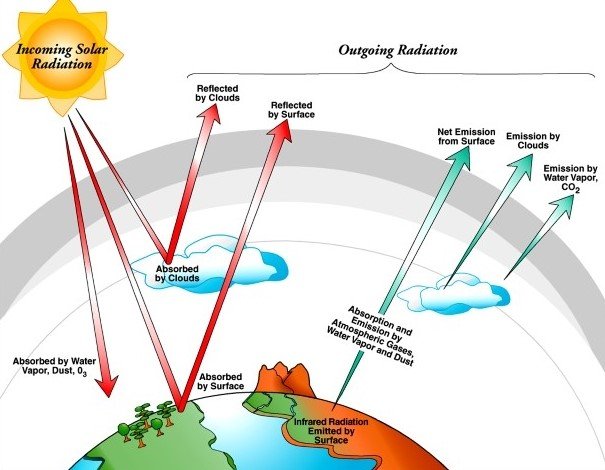Our body has fat beneath the skin. In addition to this, there is another layer of fat at a depth which is called visceral fat. It wraps up some of the vital structures of the body, such as the intestines, liver and stomach.
Fat from the liver can turn into cholesterol which moves to the bloodstream and gets collected along the walls of the arteries. This causes the arteries to get narrow and hard.
Before understanding the reason behind the occurrence of visceral fat, let us understand the different types of body fat and visceral fat in detail.
What Are the Different Types of Fats?
Broadly, body fat can be categorised into beige, brown and white fat. White fat can further be subdivided into visceral fat, ectopic fat and subcutaneous fat on the basis of its location in the body.
- Visceral fat – Fat surrounding the internal structures. The abdominal visceral fat and epicardial fats are considered visceral fats.
- Ectopic fat – Found in the internal structures and is least in quantity. Intramyocellular fat, Intrahepatocellular fat, and intracardiac myocellular fat are all ectopic fats.
- Subcutaneous fat – Present all through the layer deep into the skin.
What Is Visceral Fat?
Many a time, visceral fat gets confused with the different types of fats present in the body. So, the simple answer to what is visceral fat is as follows –
Visceral fat, or hidden fat, is the adipose tissue found inside the innermost structures of the abdominal cavity. It is the fat surrounding different organs inside the body and is found in the spaces between the abdominal organs and in the omentum. It accounts for 10% of the total body fat.
The visceral fat accumulation in the abdomen causes the belly to become bigger. This is referred to as belly fat development.
Causes of Visceral Fat
The amount of visceral fat collected depends on the environmental and genetic factors that are accumulated. While genes have a role in determining the shape of the body and how the body stores visceral fat, environmental factors like exercise and diet are instrumental too.
An inactive lifestyle, poor diet, and high consumption of fatty foods lay the foundation for the formation and increase in visceral fat. Another factor that contributes is stress. The development of stress in the body leads to the activation of the cortisol hormone. Exposure to cortisol can increase visceral fat, and more of it activates the fight-or-flight response – it stimulates the storage of more visceral fat in the body.
Hazards of Visceral Fat
Visceral fat, if left unattended, can cause serious health implications. It can increase insulin resistance even if one is not diabetic or prediabetic. This fat can quickly increase blood pressure.
Accumulating excess visceral fat can increase the risk of developing different life-threatening and fatal medical conditions, such as
- Stroke
- Heart diseases and heart attacks
- Breast cancer
- Type 2 diabetes
- Colorectal cancer
How to Keep Visceral Fat at Bay?
Simply, the causes of visceral fats must be tackled. Bringing about a change in the factors causing visceral fat can help reduce fat. Consuming a healthy, well-balanced diet, leading an active lifestyle, and other related lifestyle changes must be part of the daily routine to maintain healthy body weight.
This was brief on visceral fat, its causes, hazards and remedial measures. The next suggested topic to explore would be an easy diagram of heart.




